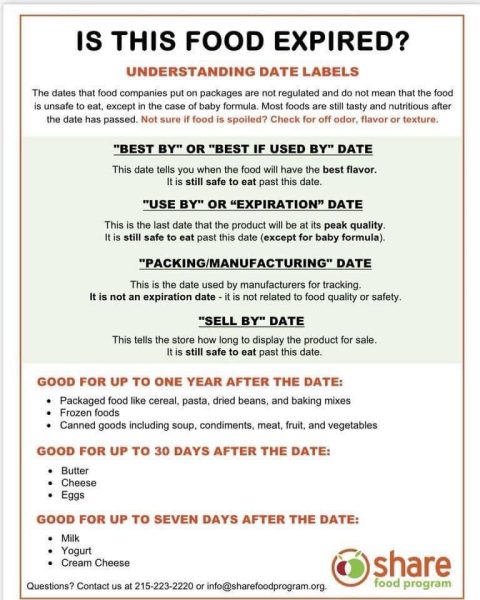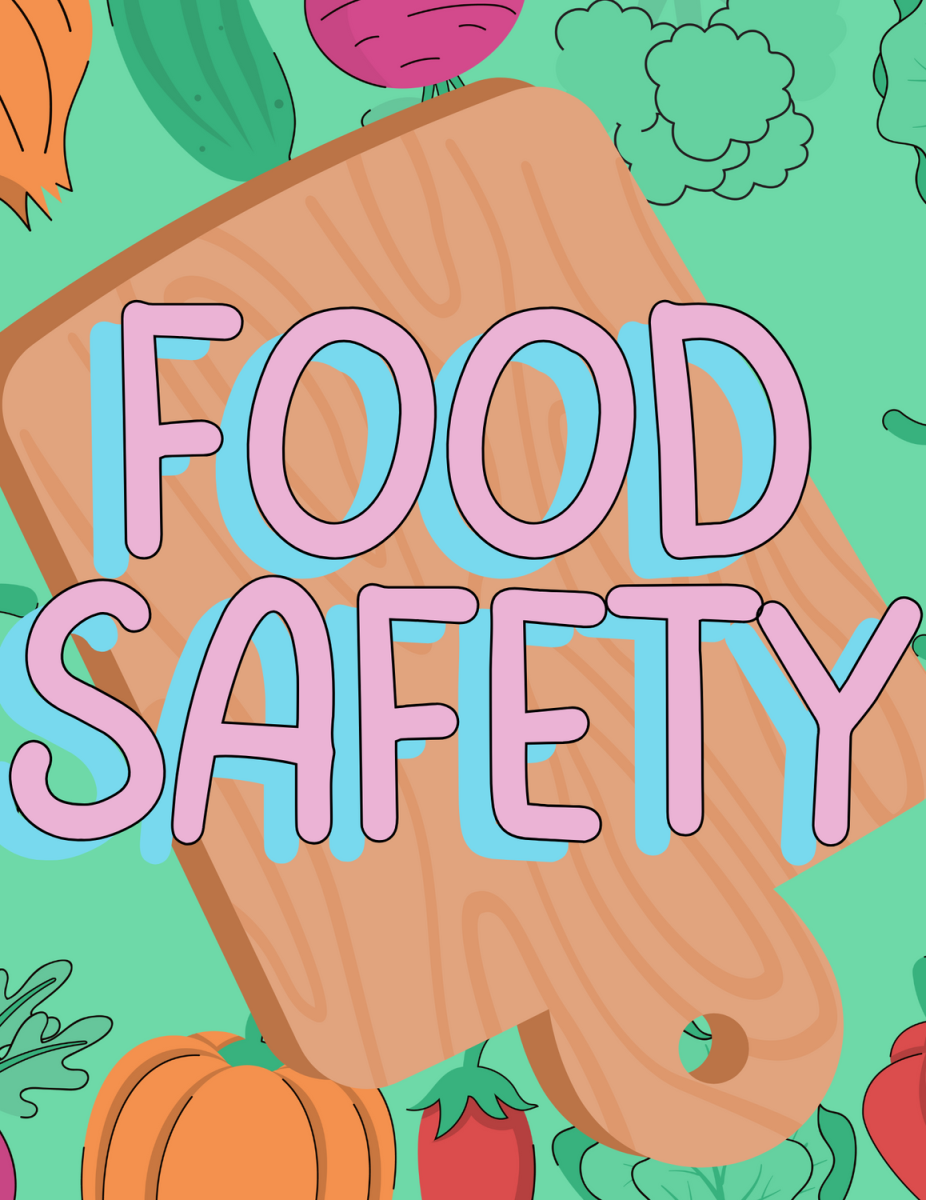College campuses offer diverse food options that balance convenience, nutrition, and budget constraints for busy students. Beyond the traditional dining halls with their all-you-can-eat buffets, many institutions now feature food courts with rotating international cuisines, grab-and-go markets stocked with prepared meals, and branded fast-casual restaurants. The quality and variety have improved dramatically in recent years, with more institutions prioritizing vegetarian, vegan, and allergen-free stations to accommodate dietary restrictions.
Despite these improvements, many students still struggle with limited late-night options during intense study sessions, leading to the enduring popularity of instant ramen, microwave meals, and campus delivery services that cater specifically to the unpredictable schedules and sudden cravings characteristic of college life.
Modern offerings include single-serving items in grocery stores and meal delivery services that cater to the household size they deliver to. Specific diets and food requirements can be met with a large offering of recipes and menus. However, food safety is still a consideration whether you are cooking a fresh meal or reheating leftovers.
Proper equipment for food safety is important- and will make food preparation and storage a healthy affair. Need suggestions for food safety products? Shop Food Safety Items on Amazon.
Cooking in college or cooking for one often presents unique challenges that can transform from frustrating obstacles into opportunities for culinary creativity. Limited kitchen space, minimal equipment, tight budgets, and the absence of family-sized recipes can initially make meal preparation seem daunting. Food safety is paramount in the considerations, regardless of how many plates the table is set for.
Foodborne Illness
Foodborne illness, commonly known as food poisoning, affects millions of people globally each year, resulting from the consumption of food or beverages contaminated with bacteria, viruses, parasites, or toxins. The symptoms typically manifest within hours to days after exposure and can range from mild discomfort—nausea, vomiting, and diarrhea—to severe complications requiring hospitalization, particularly in vulnerable populations like young children, pregnant women, older adults, and immunocompromised individuals.

Common culprits include Salmonella, E. coli, Listeria, and Norovirus, which contaminate food through improper handling, inadequate cooking temperatures, cross-contamination between raw and cooked foods, or contaminated water sources used in food production or preparation.
Reviewing proper food handling, preparation, storage and consumption guidelines will help ensure your enjoyment of a favorite meal.
Proper Food Handling
Food safety begins long before consumption, with proper handling practices serving as the first line of defense against contamination. When shopping, keeping raw meats separate from produce, selecting refrigerated and frozen items last, and transporting perishables home quickly are essential steps.
In the kitchen, frequent handwashing with soap and hot water—especially after touching raw meat, poultry, or eggs—prevents cross-contamination, while using separate cutting boards for raw meats and vegetables further reduces risks. Thorough cooking to recommended internal temperatures (165 degrees Fahrenheit for poultry, 160 degrees Fahrenheit for ground meats, and 145 degrees Fahrenheit for whole cuts) effectively kills most pathogens, with a food thermometer providing the only reliable verification method.






































